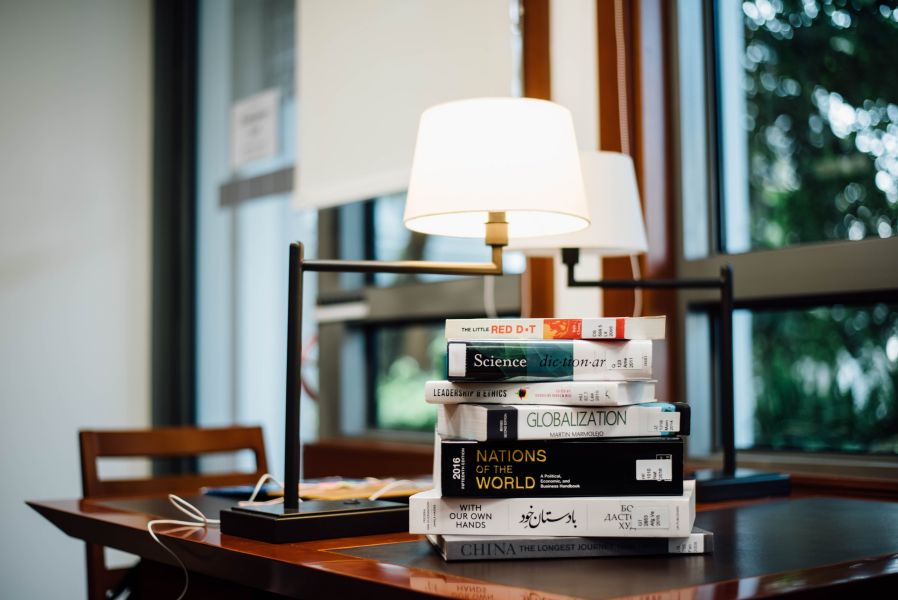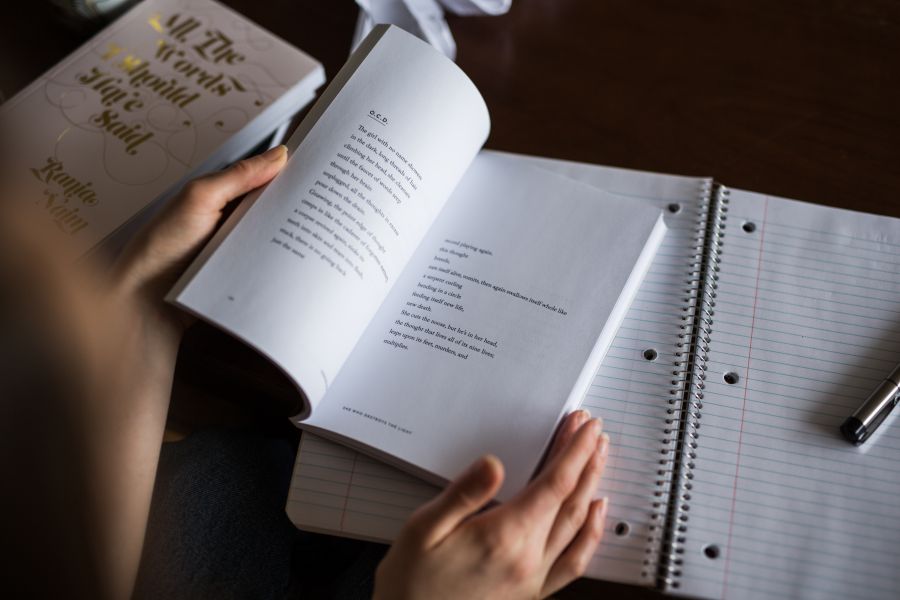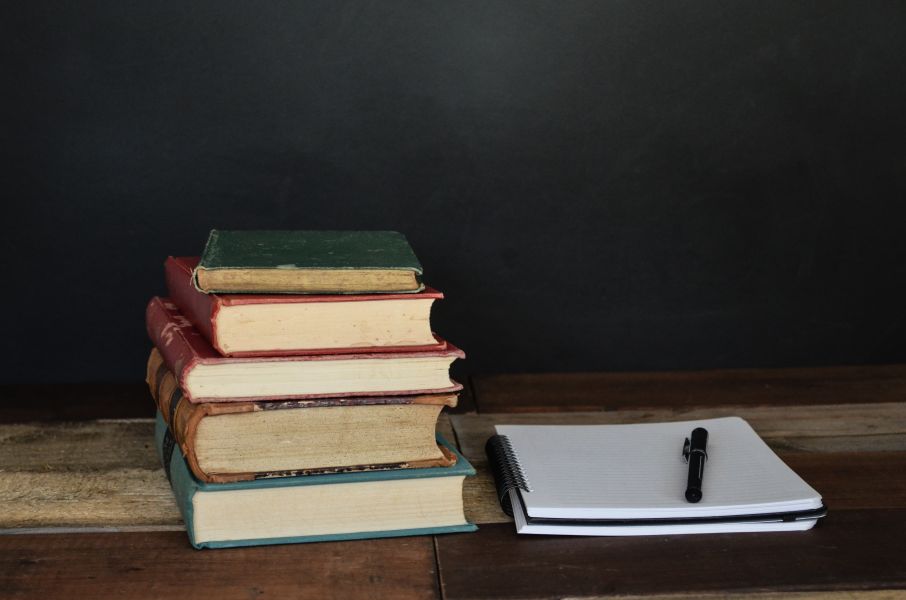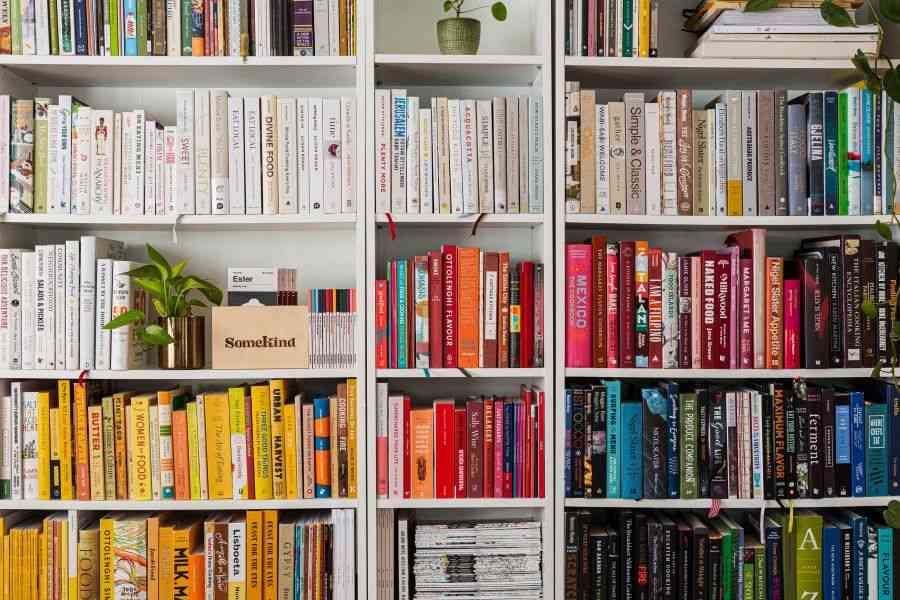清真大寺导游词1
The Mosque is a major spot for religious activities of over 60.000 Moslems in Xi’an, likewise, an important cultural relic protected by the Provincial People’s Government. Unlike the Arabic mosques, with splendid domes, the minarets reaching into the clouds, the coulourful engraved sketches with dazzling patterns, the Mosque here in Xi’an possesses much Chinese traditional touch in both its design and artistic outlook; besides the style peculiar to Islamic mosques, this Mosque also holds characteristics of Chinese pavilions with painted beams and engraved ridgepoles. However, any further discussion about the Mosque will be futile unless anything of the introduction of Islam into China is brought up.
Islam as a religious order was founded in the early period of the 7th century A.D. and was introduced to China in the mid-600s. At that time, Arabian merchants and travelers came to the northwest of China by way of Persia and Afghanistan and thus established diplomatic, trade, and military contacts with China. In the meantime, another route saw a batch of sea voyagers through Bangladesh Bay and the Malacca Strait to China’s Guangzhou, Quanzhou, Huangzhou, Yangzhou and other cities where many of them settled down and married the local women who later gave birth to babies who then became Moslems.
However, massive immigration of the Moslems to China did not take place until as late as the early period of the 13th century, when Genghis Khan, as a result of his expedition against the west, had conquered vast expanses of land stretching from Central Asia to Eastern Europe, including the north of Iran. Many of the Moslems in the conquered areas were thus forced to enlist and later settled in China. Among the enlisted many were soldiers, and some were smiths and officials who were called the Hui people in the history books on the Yuan dynasty. The Hui people later followed Kublai Khan down to the south, helping him unifying China and then establish the Yuan dynasty. In the wake of the conquest, Islam spread all over China and mosques began to appear everywhere. In the Yuan dynasty, many Moslems held positions both in the military and civilian organs of the country. And a lot of the Moslems took part in Zhu Yuanzhang’s uprising in the early 14th century and made great contributions to the founding of the Ming Dynasty. Therefore, all the emperors of the Dynasty issued
mandates to protect Islam, and to set up mosques in praise of the Moslems for their feats. In the early 16th century, Islam predominated Qinghai on the minority
nationalities including the Huis, the Uygurs, the Kazaks, the Kirgizes, the Tajiks, the Tartars, the Ozbeks, the Dong Xiangs, the Salars and the Bonans. The Moslems in Xi’an are mainly the Huis, being a small portion out of the ten million in China. The Mosque at Hua Jue Lane is the largest in Xi’an, and at the same time, it is also one of the earliest built on a comparatively large scale, and well preserved mosques in China.
According to “the Stele on the Building of the Mosque”, the mosque is said to be built in the Tang Dynasty. However, the architectural style of the mosque suggests a possible building dating back to the Ming Dynasty. The four courtyards of the mosque cover an area of more than 12,000 square meters, out of which about 4,000 are occupied by various structures. The still intact wooden front memorial gateway of the front yard, built at the turn of the 17th century, with glazed tiles on the top, spectacular corners and upturned eaves, is about 9 metres high, and has a history of about 360 years. The stone memorial gateway in the center of the second courtyard is flanked with a tail stele on either side with dragons carved on each, recording the repair work ever since the building of the Mosque. On the back of one of the steles are engraved characters by the master calligrapher Mi Fu, “May Buddhism Fill the Universe”, on the other, “Royal -Bestowed”by Dong Qichang, another master of the same art of the Ming dynasty. They are treasures in Chinese calligraphy. At the entrance of the third courtyard is an imperial built hall, where a “month tablet”, showing the calculation of the Hui Calendars in Arabic, is stored. It was compiled by a man in charge of the mosque called Xiao Mining in the early period of the Qing dynasty. A three –storeyed octagonal wooden structure called “Retrospection Tower”also stands in the center of the courtyard, which has the same function as the minaret in Islamic temples in Arabic countries, and which is a place from where orders were sent to call the Moslems to come to worship. Respectively, on the south and north wings of the tower, are a reception chamber and a Scripture Chamber, both elegantly laid out. The five wooden houses, which are called “Water Houses”in the southwest section of the Mosque are the place where the believers bathe themselves before they attend their services. And in side the fourth courtyard there is a structure called “the Pavilion of Phoenix”, a place where the worshipers used to wait for the services. The Pavilion, in fact, is a compound structure of three small buildings. The six-gabled structure of the central part, adjoining the two three-gabled buildings on each side looks very much like a flying phoenix, and hence its name. Just at the back of the Pavilion, there is a fishpond, beyond which is a platform occupying an area as large as 700 m2. Across both ends of the platform stands the 1,300 square metered service hall, holding over a thousand worshipers at once. There are over six hundred sunk panels well as the sunk
panels, are decorated with patterns of painted trailing plants and Arabic letterings. The imam leads his group of worshipers, while facing in the direction of Mecca, to chant in Koran and to pay their religious homage.
The Moslems in China share very much the same customs with their brothers and sisters elsewhere in the world. They worship five times a day: at dawn, at noon, in the afternoon, at dusk, and at night. Female worshipers attend their services in a separated place from their brothers, usually at home. Moslems pay special attention to their health and see that they always wear clean clothes. They are teetotalers not only of wine, but also of pork and animal blood for in Koran pigs have been mentioned four times as being “unclean”. According to Koran, a man can have four wives and women should wear veils when they go out. However, except a few places in Xinjiang, the Chinese practise monogamy and women are veiless when they go out. Upon his death, a Moslem has to be “thoroughly cleaned”(thoroughly bathed), has to be put on “Ke Fan”(to be shrouded with a piece of white cloth) and has to be buried coffinless in the ground, with an imam reciting Scriptures at the funeral.
The Chinese constitution promulgates that freedom of religion of each citizen and freedom of preserving or reforming local customs for every nationality are permitted. And of course, the Moslems in China enjoy equal rights with peoples of other
nationalities and their religious beliefs and customs are respected everywhere in the country.
清真大寺导游词2
The Great Mosque at Huajue Lane The Mosque is a major spot for religious activities of over 60.000 Moslems in X ian, likewise, an important cultural relic protected by the Provincial Peoples Govern ment. Unlike the Arabic mosques, with splendid domes, the minarets reaching into t he clouds, the coulourful engraved sketches with dazzling patterns, the Mosque here in Xian possesses much Chinese traditional touch in both its design and artistic ou tlook; besides the style peculiar to Islamic mosques, this Mosque also holds charact eristics of Chinese pavilions with painted beams and engraved ridgepoles. However, any further discussion about the Mosque will be futile unless anything of the introduction of Islam into China is brought up. Islam as a religious order was founded in the early period of the 7th century A. D. and was introduced to China in the mid-600s. At that time, Arabian merchants a nd travelers came to the northwest of China by way of Persia and Afghanistan and thus established diplomatic, trade, and military contacts with China. In the meanti me, another route saw a batch of sea voyagers through Bangladesh Bay and the M alacca Strait to Chinas Guangzhou, Quanzhou, Huangzhou, Yangzhou and other citie s where many of them settled down and married the local women who later gave birth to babies who then became Moslems.
However, massive immigration of the Moslems to China did not take place until as late as the early period of the 13th century, when Genghis Khan, as a result of his expedition against the west, had conquered vast expanses of land stretching fr om Central Asia to Eastern Europe, including the north of Iran. Many of the Moslem s in the conquered areas were thus forced to enlist and later settled in China. Among the enlisted many were soldiers, and some were smiths and officials wh o were called the Hui people in the history books on the Yuan dynasty. The Hui pe ople later followed Kublai Khan down to the south, helping him unifying China and then establish the Yuan dynasty.
In the wake of the conquest, Islam spread all ove r China and mosques began to appear everywhere. In the Yuan dynasty, many Moslems held positions both in the military and civilian organs of the country. And a lot of the Moslems took part in Zhu Yuanzhangs uprising in the early 14th century an d made great contributions to the founding of the Ming Dynasty. Therefore, all the emperors of the Dynasty issued mandates to protect Islam, and to set up mosques in praise of the Moslems for their feats. In the early 16th century, Islam predomin ated Qinghai on the minority nationalities including the Huis, the Uygurs, the Kazaks, the Kirgizes, the Tajiks, the Tartars, the Ozbeks, the Dong Xiangs, the Salars and the Bonans. The Moslems in Xian are mainly the Huis, being a small portion out of the ten million in China. The Mosque at Hua Jue Lane is the largest in Xian, and at the same time, it i s also one of the earliest built on a comparatively large scale, and well preserved mosques in China. According to "the Stele on the Building of the Mosque", the mosque is said to be built in the Tang Dynasty. However, the architectural style of the mosque sugge sts a possible building dating back to the Ming Dynasty. The four courtyards of the mosque cover an area of more than 12,000 square meters, out of which about 4,0 00 are occupied by various structures.
The still intact wooden front memorial gatew ay of the front yard, built at the turn of the 17th century, with glazed tiles on the top, spectacular corners and upturned eaves, is about 9 metres high, and has a his tory of about 360 years. The stone memorial gateway in the center of the second c ourtyard is flanked with a tail stele on either side with dragons carved on each, rec ording the repair work ever since the building of the Mosque. On the back of one of the steles are engraved characters by the master calligrapher Mi Fu, "May Buddhi sm Fill the Universe", on the other, "Royal -Bestowed"by Dong Qichang, another ma ster of the same art of the Ming dynasty. They are treasures in Chinese calligraphy. At the entrance of the third courtyard is an imperial built hall, where a "month ta blet", showing the calculation of the Hui Calendars in Arabic, is stored. It was comp iled by a man in charge of the mosque called Xiao Mining in the early period of th e Qing dynasty. A three –storeyed octagonal wooden structure called "Retrospection Tower"also stands in the center of the courtyard, which has the same function as the minaret in Islamic temples in Arabic countries, and which is a place from where orders were sent to call the Moslems to come to worship.
Respectively, on the south and north wings of the tower, are a reception chamber and a Scripture Chamber, both elegantly laid out. The five wooden houses, which are called "Water Houses"i n the southwest section of the Mosque are the place where the believers bathe the mselves before they attend their services. And in side the fourth courtyard there is a structure called "the Pavilion of Phoenix", a place where the worshipers used to wait for the services. The Pavilion, in fact, is a compound structure of three small b uildings. The six-gabled structure of the central part, adjoining the two three-gabled buildings on each side looks very much like a flying phoenix, and hence its name. Just at the back of the Pavilion, there is a fishpond, beyond which is a platform oc cupying an area as large as 700 m2. Across both ends of the platform stands the 1,300 square metered service hall, holding over a thousand worshipers at once. The re are over six hundred sunk panels well as the sunk panels, are decorated with pa tterns of painted trailing plants and Arabic letterings. The imam leads his group of worshipers, while facing in the direction of Mecca, to chant in Koran and to pay the ir religious homage. The Moslems in China share very much the same customs with their
brothers a nd sisters elsewhere in the world. They worship five times a day: at dawn, at noon, in the afternoon, at dusk, and at night. Female worshipers attend their services in a separated place from their brothers, usually at home. Moslems pay special attenti on to their health and see that they always wear clean clothes. They are teetotaler s not only of wine, but also of pork and animal blood for in Koran pigs have been mentioned four times as being "unclean". According to Koran, a man can have four wives and women should wear veils when they go out. However, except a few pla ces in Xinjiang, the Chinese practise monogamy and women are veiless when they go out. Upon his death, a Moslem has to be "thoroughly cleaned"(thoroughly bathe d), has to be put on "Ke Fan"(to be shrouded with a piece of white cloth) and has to be buried coffinless in the ground, with an imam reciting Scriptures at the funer al. The Chinese constitution promulgates that freedom of religion of each citizen an d freedom of preserving or reforming local customs for every nationality are permitt ed. And of course, the Moslems in China enjoy equal rights with peoples of other nationalities and their religious beliefs and customs are respected everywhere in the country.
推荐文章
黑龙江高考排名31220左右排位文科可以上哪些大学,具体能上什么大学2024-06-09 12:16:55
厦门华天涉外职业技术学院的民航运输服务专业排名怎么样 附历年录戎数2024-06-09 12:13:50
福建高考排名2890左右排位物理可以上哪些大学,具体能上什么大学2024-06-09 12:09:30
四川高考排名166380左右排位理科可以上哪些大学,具体能上什么大学2024-06-09 12:04:40
河南高考排名322500左右排位理科可以上哪些大学,具体能上什么大学2024-06-09 12:00:47
湖北高考排名111530左右排位物理可以上哪些大学,具体能上什么大学2024-06-09 11:57:53
字谜谜语及答案大全2023-08-19 09:18:56
最新幼儿谜语大全及答案2023-08-20 12:40:05
答案是眼睛的谜语题目2023-08-12 07:47:09
大班幼儿英语教案学习单词2023-08-16 06:31:54
贵州红枫湖的导游词2023-08-13 13:23:40
绵山的长篇导游词2023-08-24 23:46:13
森林公园导游词(通用7篇)2023-08-21 03:47:42
四川九寨沟导游词(精选十五篇)2023-08-25 20:30:57
湖北省有名景点导游词2023-08-16 06:59:48
关于颐和园导游词(十五篇)2023-08-11 18:06:54





